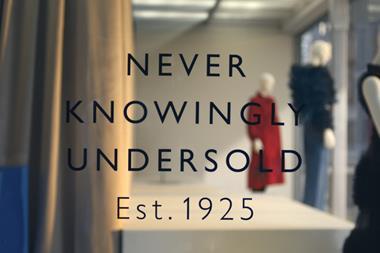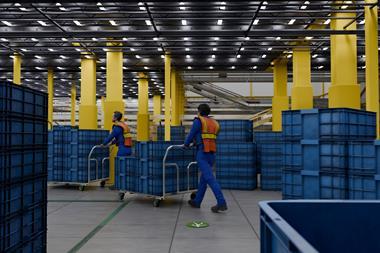Is it worth investing in a virtual store or are they just a good marketing fad?
Tesco recently unveiled its first virtual store at Gatwick airport, allowing shoppers to browse digital shelves and arrange delivery of groceries for when they return home. But is this an emerging retail trend, or just a good marketing stunt by the supermarket giant?
With an increasing number of new technologies, retailers need to keep up with new developments. However, Simon Kendrew, digital director at advertising and marketing agency Gratterpalm, believes that virtual stores are less of a revenue stream and more a form of brand positioning.
He says: “From a logistical point of view, crowding around a screen with other holidaymakers is not the ideal start to your break. But for Tesco, this is not the objective of its virtual store. Essentially, it’s the supermarket equivalent of a high-end designer parading a £20,000 dress on the catwalk – there’s no intention that people will rush out to buy that dress, but they will buy the £800 handbag or the £500 shoes. It’s all about showcasing your brand in an aspirational way.
“With the widespread use of digital technologies, the retail environment has changed considerably, and it’s vital that retailers react to these developments,” he adds.
“Tesco won’t be expecting to see a significant growth in sales as a direct result of the launch of the digital store. However, it has sent a clear message to its customers that it can – and will – continue to innovate in order to meet their needs. That’s a powerful message, and one that Tesco will need to live up to.”


























No comments yet